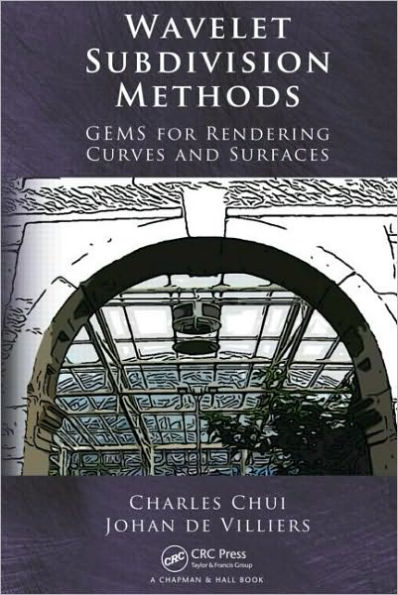Through numerous examples, the book shows how to represent curves and construct convergent subdivision schemes. It comprehensively details subdivision schemes for parametric curve rendering, offering complete algorithms for implementation and theoretical development as well as detailed examples of the most commonly used schemes for rendering both open and closed curves. It also develops an existence and regularity theory for the interpolatory scaling function and extends cardinal B-splines to box splines for surface subdivision.
Keeping mathematical derivations at an elementary level without sacrificing mathematical rigor, this book shows how to apply bottom-up wavelet algorithms to curve and surface editing. It offers an accessible approach to subdivision methods that integrates the techniques and algorithms of bottom-up wavelets.
Through numerous examples, the book shows how to represent curves and construct convergent subdivision schemes. It comprehensively details subdivision schemes for parametric curve rendering, offering complete algorithms for implementation and theoretical development as well as detailed examples of the most commonly used schemes for rendering both open and closed curves. It also develops an existence and regularity theory for the interpolatory scaling function and extends cardinal B-splines to box splines for surface subdivision.
Keeping mathematical derivations at an elementary level without sacrificing mathematical rigor, this book shows how to apply bottom-up wavelet algorithms to curve and surface editing. It offers an accessible approach to subdivision methods that integrates the techniques and algorithms of bottom-up wavelets.

Wavelet Subdivision Methods: GEMS for Rendering Curves and Surfaces
480
Wavelet Subdivision Methods: GEMS for Rendering Curves and Surfaces
480Hardcover(New Edition)

Product Details
| ISBN-13: | 9781439812150 |
|---|---|
| Publisher: | Taylor & Francis |
| Publication date: | 08/23/2010 |
| Edition description: | New Edition |
| Pages: | 480 |
| Product dimensions: | 6.12(w) x 9.19(h) x (d) |
